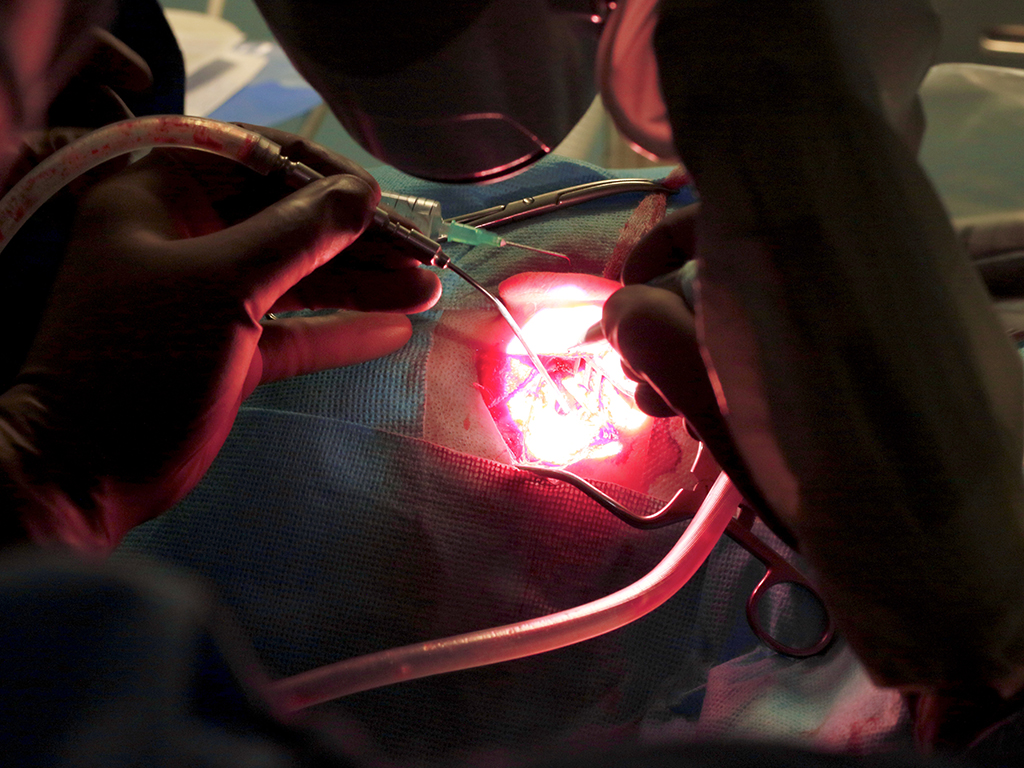What do apartment renovation and ear surgeries have in common?

Imagine that you need to attach a shelf to the wall. Basically, you need a drill to make a fixing hole in the wall for attaching the shelf. You start drilling, and suddenly the light turns off: you broke the wire!
The similar situation may happen during any surgery as hidden nerves, which are easy to damage, are located everywhere. However, in ear surgery, the stakes are higher, as facial nerve damage is a very common complication of surgery: each person’s nerves are located differently, therefore, it is hard to predict and find them.
If the broken wire can be connected or replaced, unfortunately, the situation with nerves is more difficult.
"There is a facial nerve in the middle ear that is very easy to damage, says Dr. Ainur Nesipbayeva, an ENT doctor at the Presidential Hospital. - Hearing-improving surgeries and interventions for patients with chronic otitis are done right in the middle ear. Damage to the facial nerve can lead to its paralysis. This means that, roughly speaking, the patient's face will be distorted: s/he lose taste, will not be able to smile and blink. Half-face will be paralyzed. This significantly affects the quality of life, and it can be very difficult in psychological terms."
Somebody might think, "Why can't you find a nerve and 'bypass' it during surgery?"
Fortunately, such a method exists, and it is called "Intraoperative neurophysiological monitoring" or, in short, neuromonitoring.
As Dr. Olga Ageeva, the neurophysiologist of the Presidential Hospital with whom surgeries with the neuromonitoring take place, told us, this method shows dangerous "deviations" during the surgery: "In simple terms, during the surgery, a neurophysiologist reads the activity of nerves and muscles and tells surgeons when unusual indications appear. This means that surgeons are close to the nerve: they bypass the area and try to find another approach, a safer one."
"If during the surgery we see where the nerve is, we bypass it. During surgery. If we cannot find it, then, we use neuromonitoring, - says Ainur Akhmetkaliyevna. – This method is a detector. It allows us to safely "walk through a minefield" and not damage the nerve."
We must remember that it is normal to be afraid of facial nerve palsy. However, fear should not stop the patient from receiving the necessary treatment. Ear-related diseases are extremely dangerous: they can lead to hearing loss, meningitis, brain abscess, and death.
In addition to ENT surgeries, neuromonitoring is also used in other operations: "This method of monitoring is used in neurosurgery, spinal surgery, traumatology, maxillofacial and endocrine surgery", says Olga Vladimirovna.
Press Office of the Presidential Hospital (Medical Centre Hospital of the President’s Affairs Administration of the Republic of Kazakhstan)





